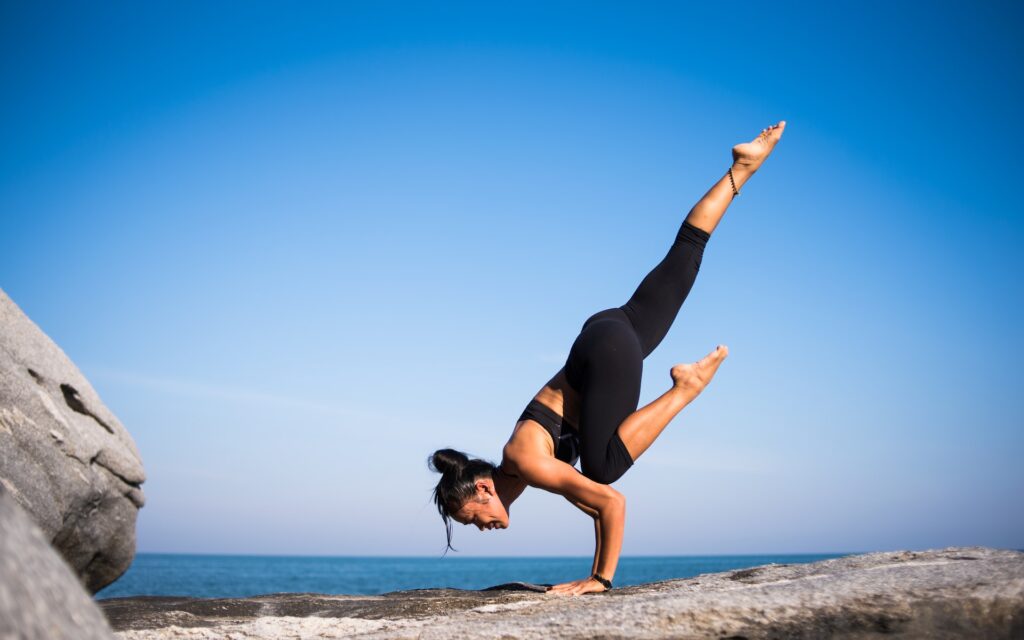When recovering from injuries, it is important to listen to your body. Pushing through pain will only lead to more damage and set you back further.
There are a variety of workout modifications that can help you return to exercise while healing from an injury. These exercises can include a combination of strength, flexibility, and balance.
Strengthening Exercises
Strengthening exercises are an important part of injury recovery, as they help to reduce pain and promote healing. They can also help to prevent further injuries by improving balance, stability, and proprioception. These exercises can be done using equipment like dumbbells, resistance bands, or weight machines or by performing body-weight exercises, such as push-ups, chin-ups, and squats.
When you return to exercise, it is important that you start out slow and take it easy. Aim to gradually increase the intensity of your workouts while following the advice above. It is essential that you listen to your body and pay attention to feedback from your muscles, such as pain or different sounds, to make sure you are not overdoing it.
A common mistake that people make is trying to return to their normal training routine too quickly after an injury. This can lead to re-injury, which is the last thing you want! Take it slow and you will be back to normal in no time.

Flexibility Exercises
Getting injured can throw a wrench in your exercise routine, but it doesn’t mean you have to quit working out for good. In fact, using modified workouts can help you get back to your normal strength and flexibility before injury.
Stretching exercises are vital for staying flexible and can improve your endurance and strength as well. Stretching is often done after you’ve already done some other type of exercise to warm up the muscles and prevent muscle tightness. However, you should always listen to your body and not force yourself to go too far with a stretch. A mild pulling sensation is fine, but if you feel a sharp or stabbing pain that’s not going away, it’s best to stop.
A great way to stretch your hips, glutes, and spine is this yoga pose from Monal. It stretches the chest and shoulders while strengthening the hips and back. Lie face up on a mat, with arms at the sides and palms facing down. Gently draw knees toward chest and hold fronts of knees with hands.
Balance Exercises
Balance exercises can help improve stability and coordination, which can reduce the risk of falls and re-injury. These exercises involve standing on one leg or using equipment like a stability ball or balance board to work the core muscles and increase proprioception and body awareness.
Unlike strength and endurance training, balance exercises don’t often make it to the workout list, but they should be part of every fitness plan. They are especially important for those injured or who have limited physical activity while recovering from injuries.
Stand with feet hip-width apart, pressing your weight evenly and firmly onto both feet (A). Shift all your weight to the right foot and lift the left foot off the floor, holding it up to the front or side of your body for up to 15 seconds (B). Repeat this exercise on each leg. You can also try walking heel to toe along a string or chalk on the floor.

Cardiovascular Exercises
As you return to physical activity after injury, you’ll likely need to reduce your training volume, rest time, and body position. It’s important to consult a personal trainer or physical therapist to design an injury recovery exercise program that is tailored to your diagnosis and helps you achieve your goals while avoiding further injuries.
A good way to start is by doing cardiovascular exercises that use a variety of muscles throughout the body, rather than working one specific area. Swimming, walking, and yoga are examples of these types of exercises. It’s also important to include stretches and balance exercises. Ask your doctor or physical therapist about the best stretches to do and how long you should hold them for.
It’s also important to listen to your body when you’re exercising. Pushing through pain will not make your injury heal faster and can lead to additional damage to other muscles. Pay attention to feedback from your body, including pain, fatigue, and different sounds like popping or clicking.










































Discussion about this post